Large Eddy Simulation Inflow Generation Using Reduced Length Scales for Flows Past Low-Rise Buildings
Abstract
:1. Introduction
2. Location Specification and Measurements
- Turbulence intensity: 25% at the top anemometer, 41% at the lower anemometer.
- Wind shear: about 3.5.
- Flow is twisted: horizontal direction is 15° shifted from the top location to the lower location (close to the roof, flow deviates to the left).
3. Computational Domain
3.1. Mesh Quality
3.2. Boundary Conditions
4. Numerical Details
4.1. Wall Function and SGS Model
4.2. Inflow Generation
4.2.1. Turbulence Intensity and Reduced Length Scale
5. Results and Discussion
5.1. Inflow Turbulence
5.2. Validation of the LES Results against Measurement Data
5.2.1. Energy Spectrum
5.2.2. Turbulence Length Scale
5.3. Turbulent Flow Fields
5.4. Suggested Location for a Small Roof-Mounted Wind Turbine
6. Conclusions
Author Contributions
Funding
Data Availability Statement
Acknowledgments
Conflicts of Interest
References
- Nozu, T.; Tamura, T. LES of turbulent wind and gas dispersion in a city. J. Wind Eng. Ind. Aerodyn. 2012, 104, 492–499. [Google Scholar] [CrossRef]
- Berg, J.; Mann, J.; Bechmann, A.; Courtney, M.S.; Jørgensen, H.E. The Bolund Experiment, Part I: Flow over a steep, three-dimensional hill. Bound.-Layer Meteorol. 2011, 141, 219–243. [Google Scholar] [CrossRef]
- Bechmann, A.; Sørensen, N.N.; Berg, J.; Mann, J.; Réthoré, P.E. The Bolund Experiment, Part II: Blind comparison of microscale flow models. Bound.-Layer Meteorol. 2011, 141, 245–271. [Google Scholar] [CrossRef]
- Baba-Ahmadi, G.R.H.; Tabor, M. Inlet condition for large eddy simulation: A review. Comput. Fluids 2010, 39, 553–567. [Google Scholar]
- Spalart, P.R.; Leonard, A. Direct Numerical Simulation of Equilibrium Turbulent Boundary Layers; Springer: Berlin/Heidelberg, Germany, 1985; Available online: https://link.springer.com/chapter/10.1007/978-3-642-71435-1_20 (accessed on 3 November 2015).
- Lunda, T.S.; Wu, X.; Kyle, D.; Squires, K.D. Generation of Turbulent Inflow Data for Spatially-Developing Boundary Layer Simulations. J. Comput. Phys. 1998, 140, 233–258. [Google Scholar] [CrossRef]
- Yoshida, T.; Takemi, T.; Horiguchi, M. Large-Eddy-Simulation Study of the Effects of Building-Height Variability on Turbulent Flows over an Actual Urban Area. Bound.-Layer Meteorol. 2018, 168, 127–153. [Google Scholar] [CrossRef]
- Jarrin, N.; Benhamadouche, S.; Laurence, D.; Prosser, R. A synthetic-eddy-method for generating inflow conditions for large-eddy simulation. Int. J. Heat Fluid Flow 2006, 27, 585–593. [Google Scholar] [CrossRef]
- Zhang, D.; Zheng, A. Improvement of inflow boundary condition in large eddy simulation of flow around tall building. J. Eng. Appl. Comput. Fluid Dyn. 2012, 6, 633–647. [Google Scholar] [CrossRef]
- Huang, S.H.; Li, Q.S. A new dynamic one-equation subgrid-scale model for large eddy simulations. J. Numer. Method Eng. 2010, 81, 835–865. [Google Scholar] [CrossRef]
- Jarrin, N. Synthetic Inflow Boundary Conditions for the Numerical Simulation of Turbulence. Ph.D. Thesis, University of Manchester, Faculty of Engineering and Physical Science, Manchester, UK, 2008. [Google Scholar]
- Smirnov, A.; Shi, S.; Celik, I. Random flow generation technique for large eddy simulations and particle-dynamics modeling. J. Fluids Eng. 2001, 123, 359–371. [Google Scholar] [CrossRef]
- Luo, Y.; Liu, H.; Huang, Q.; Xue, H.; Lin, K. A multi-scale synthetic eddy method for generating inflow data for LES. Comput. Fluids 2017, 156, 103–112. [Google Scholar] [CrossRef]
- Vasaturo, R.; Kalkman, B.; Blocken, B.; van Wesemael, P.J.V. Large eddy simulation of the neutral atmosphere boundary layer: Performance evaluation of three inflow methods for terrains with different roughness. J. Wind Eng. Ind. Aerodyn. 2018, 173, 241–261. [Google Scholar] [CrossRef]
- Botha, J.; Shahrokhi, A.; Rice, H. An implementation of an Aeroacoustics Predication Model for Broadband noise from A Vertical Axis Wind Turbine Using a CFD informed Methodology. J. Sound Vib. 2017, 410, 389–415. [Google Scholar] [CrossRef]
- ANSYS FLUENT Theory Guide; Release 15; ANSYS Inc.: Canonsburg, PA, USA, 2013.
- Tominaga, Y.; Mochida, A.; Yoshie, R.; Kataoka, H.; Nozu, T.; Yoshikawa, M.; Shirasawa, T. AIJ guidelines for practical applications of CFD to pedestrian wind environment around buildings. J. Wind Eng. Ind. Aerodyn. 2008, 96, 1749–1761. [Google Scholar] [CrossRef]
- Franke, J.; Hellsten, A.; Schlünzen, H.; Carissimo, B. Best Practice Guideline for the CFD Simulation of Flows in the Urban Environment; University of Hamburg, Meteorological Institute, Centre for Marine and Atmospheric Sciences: Hamburg, Germany, 2007. [Google Scholar]
- Franke, J. Recommendtion of the COST action C14 on the use of CFD in predicting pedestrian wind environment. J. Wind Energy 2006, 108, 529–532. [Google Scholar]
- Huang, S.H.; Li, Q.S.; Wu, J.R. A general inflow tturbulence generator for large eddy simulation. J. Wind Eng. Ind. Aerodyn. 2010, 98, 600–617. [Google Scholar] [CrossRef]
- Daniels, S.J.; Castro, I.P.; Xie, Z.T. Peak loading and surface pressure fluctuations of a tall model building. J. Wind Eng. Ind. Aerodyn. 2013, 120, 19–120. [Google Scholar] [CrossRef]
- Freitag, M.; Klein, M. An improved method to assess the quality of large. J. Turbul. 2006, 7, 1468–5248. [Google Scholar] [CrossRef]
- Pope, S.B. Turbulent Flows; Cambridge University Press: Cambridge, UK, 2000. [Google Scholar]
- Celik, Z.N.; Cehreli, I.; Yavuz, I.B. Index of resolution quality for Large Eddy Simulations. J. Fuilds Eng. 2005, 127, 949–958. [Google Scholar] [CrossRef]
- Gousseau, P.; Blocken, B.; van Heijst, G.J.F. Quality assessment of Large-Eddy Simulation of wind flow around a high-rise building: Validation and solution verification. Comput. Fluids 2013, 79, 120–133. [Google Scholar] [CrossRef]
- Huang, S.; Li, Q.S.; Xu, S. Numerical evaluation of wind effects on a tall steel building by CFD. J. Constr. Steel Res. 2006, 63, 612–627. [Google Scholar] [CrossRef]
- Wengle, H.; Werner, H. Large-Eddy Simulation of turbulent flow over and around a cube in a plate channel. In Proceedings of the 8th Symposium on Turbulent Shear Flows, Munich, Germany, 9–11 September 1993. [Google Scholar]
- Temmerman, L.; Leschziner, M. Large Eddy Simulation of Separated Flow in a Streamwise Periodic Channel Constriction; TSFP Digital Library Online; Begel House Inc.: New York, NY, USA, 2001. [Google Scholar]
- Mehta, D.; Van Zuijlen, A.H.; Koren, B.; Holierhoek, J.C. Large Eddy Simulation of wind farm aerodynamics: A review. J. Wind Eng. Ind. Aerodyn. 2014, 133, 1–17. [Google Scholar] [CrossRef]
- Fureby, C.T. A comparative study of subgrid scale models in homogeneous isotropic turbulence. J. Phys. Fluids 1997, 9, 1416–1429. [Google Scholar] [CrossRef]
- Germano, M.; Piomelli, U.; Moin, P.; Cabot, W.H. A dynamic subgrid-scale eddy viscosity model. Phys. Fluids A 1991, 3, 1760–1765. [Google Scholar] [CrossRef]
- Lilly, D.K. A proposed modification of the Germano subgrid-scale closure method. Phys. Fluids A 1992, 4, 633–635. [Google Scholar] [CrossRef]
- Smagorinsky, J. General circulation experiments with the primitive equations: Part I. the basic experiment. Mon. Weather Rev. 1963, 91, 99–164. [Google Scholar] [CrossRef]
- Engineering Science Data Unit. Characteristics of atmospheric turbulence near the ground. In Part II: Single Point Data for Strong Wind (Neutral Atmosphere); ESDU (Engineering Science Data Unit), International: London, UK, 2008. [Google Scholar]
- Luo, Y.; Liu, H.; Xue, H.; Lin, K. Large-eddy simulation evaluation of wind load on a high-rise building based on the multiscale synthetic eddy method. Adv. Struct. Eng. 2019, 22, 997–1006. [Google Scholar] [CrossRef]
- Yan, B.W.; Li, Q.S. Inflow turbulence generation methods with large eddy simulation for wind effects on tall buildings. Comput. Fluids 2015, 116, 158–175. [Google Scholar] [CrossRef]
- Jensen, N.O.; Lundtang Petersen, E.; Troen, I. Extrapolation of Mean Wind Statistics with Special Regard to Wind Energy Applications; WMO. World Climate Programme Report No. WCP-86; World Climate Applications Programme: Geneva, Switzerland, 1984. [Google Scholar]
- Kondo, K.; Murakami, S.; Mochida, A. Generation of velocity fluctuation for inflow boundary condition of LES. J. Wind Eng. Ind. Aerodyn. 1997, 67–68, 51–64. [Google Scholar] [CrossRef]
- El-Gabry, A.L.; Thurman, D.R.; Poinsatte, P.E. Procedure for Determining Turbulence Length Scales Using Hotwire Anemometry; NASA Technical Report; NASA: Cleveland, OH, USA, 2014.
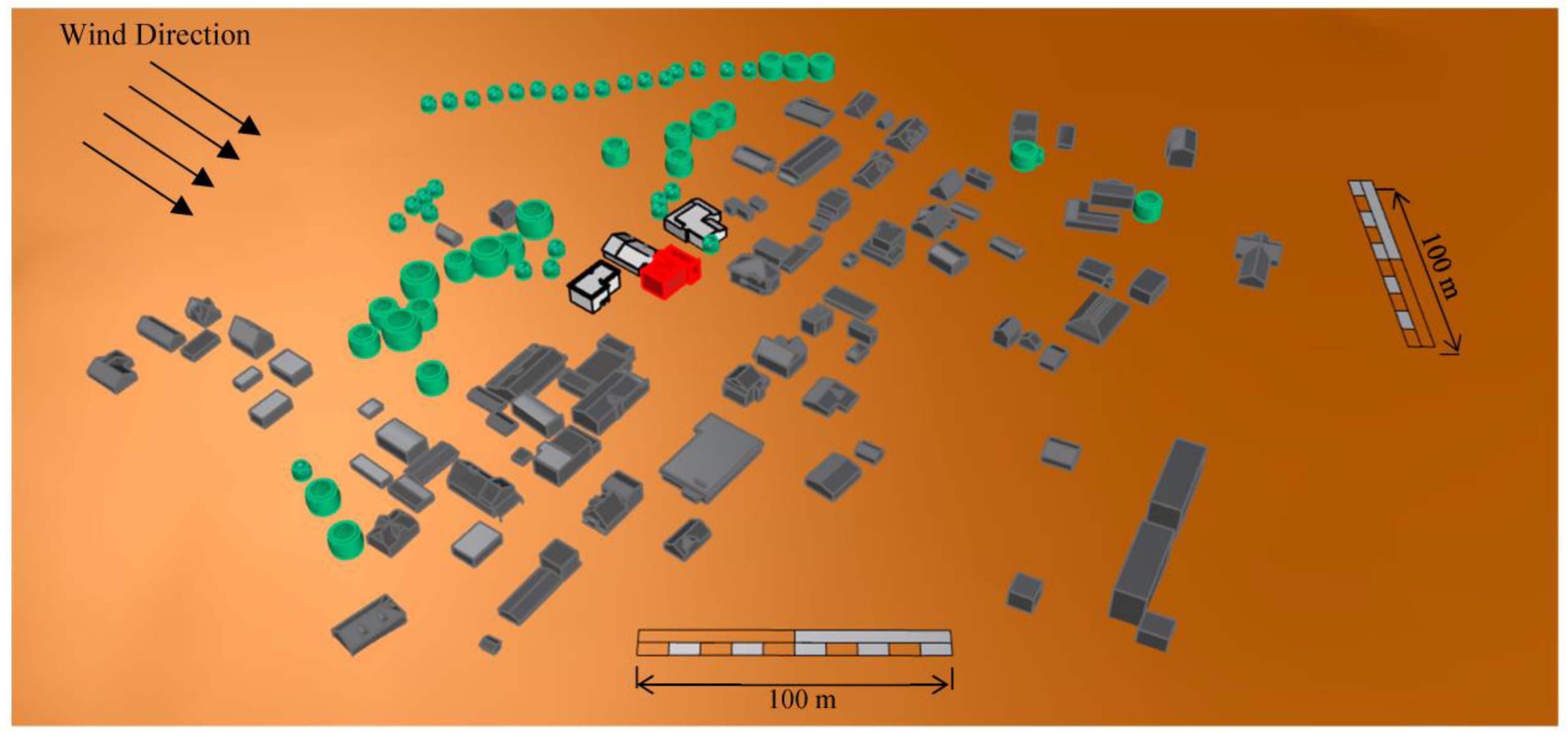
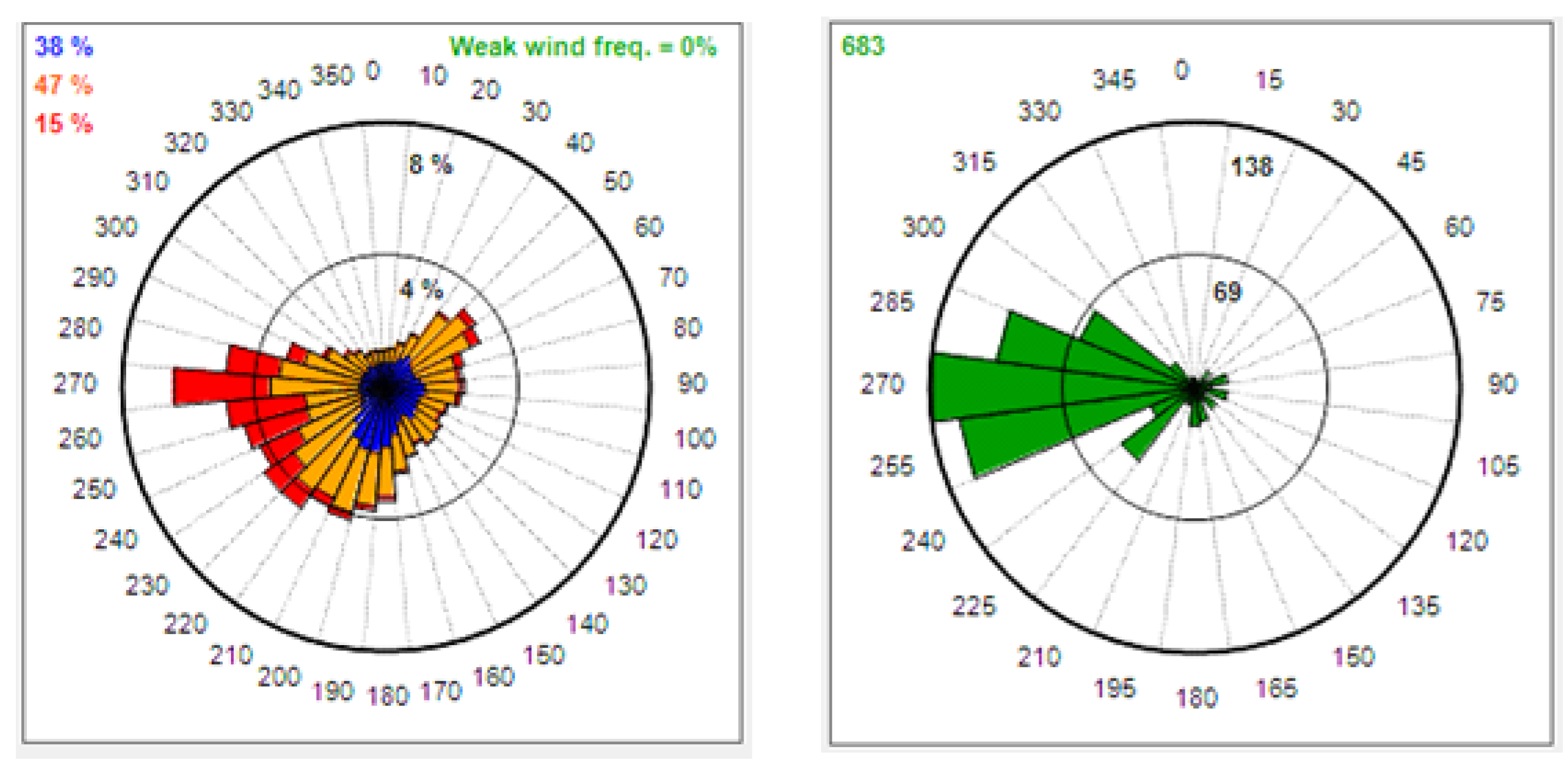
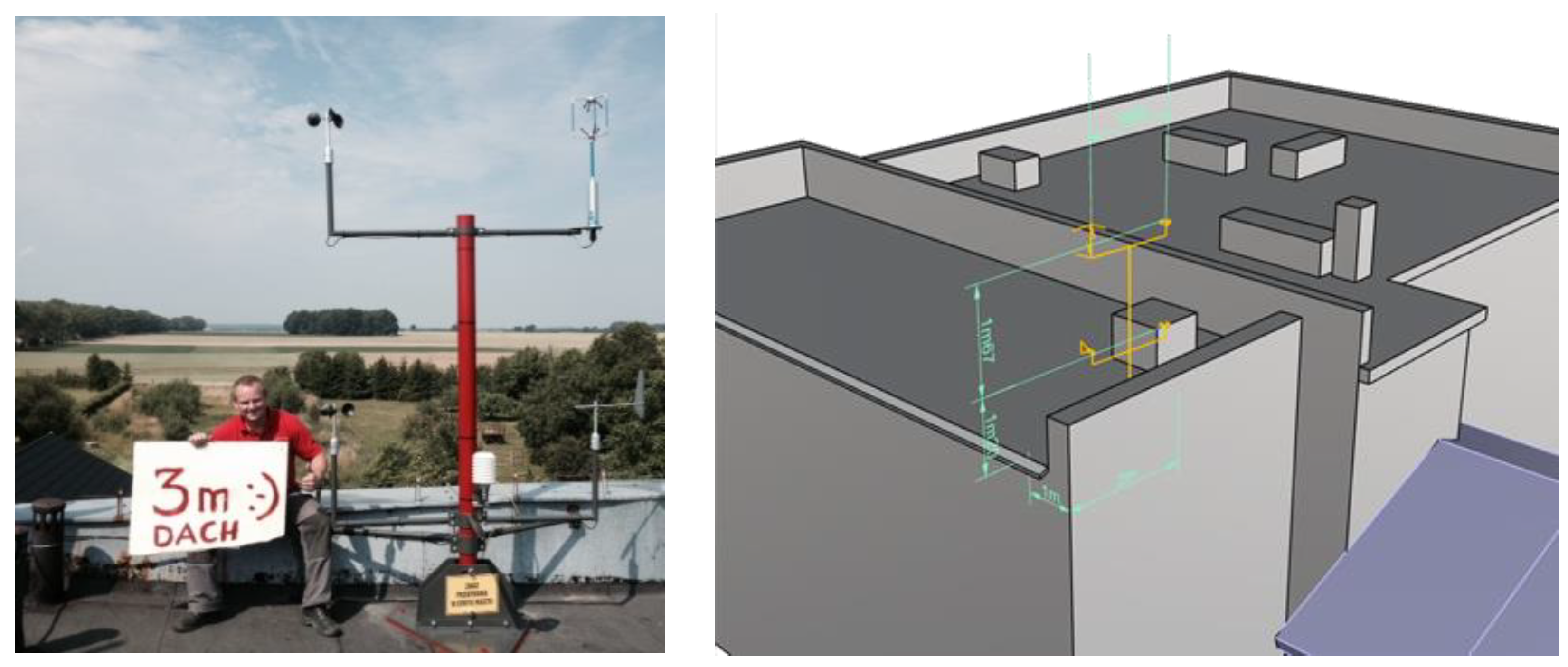
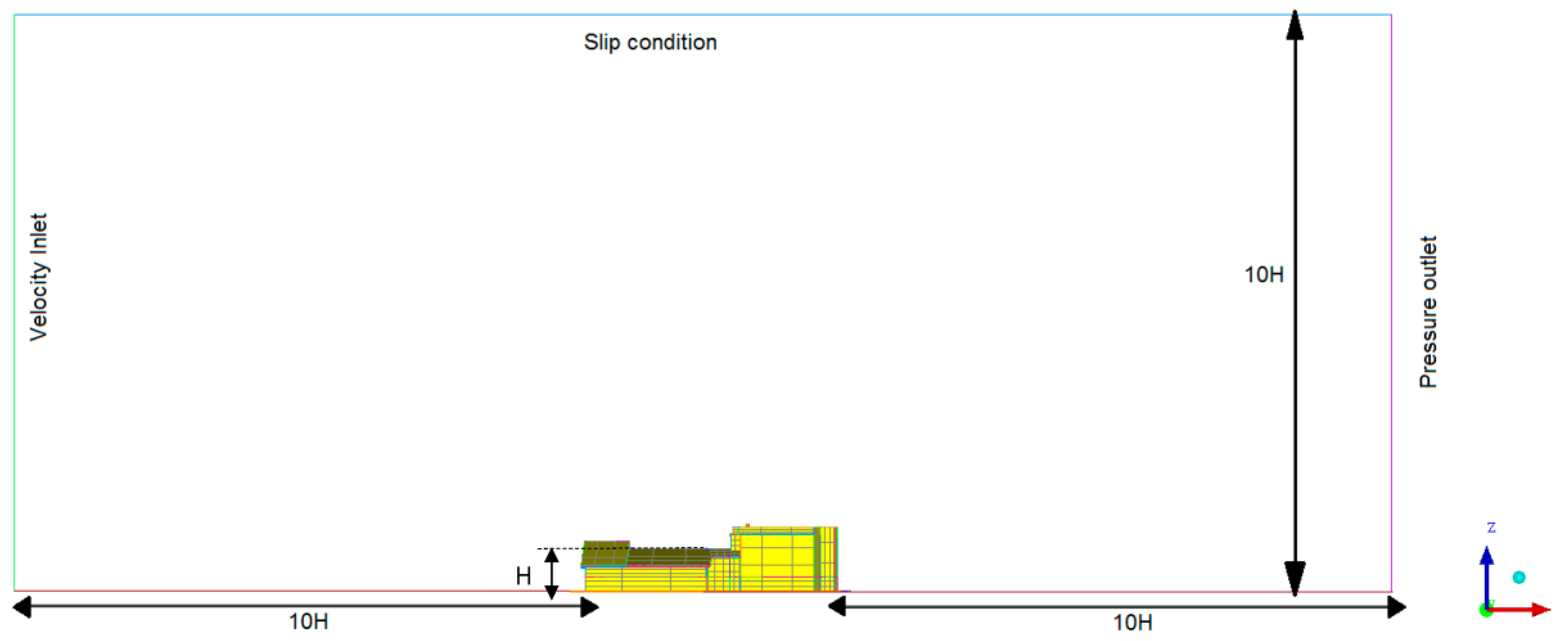



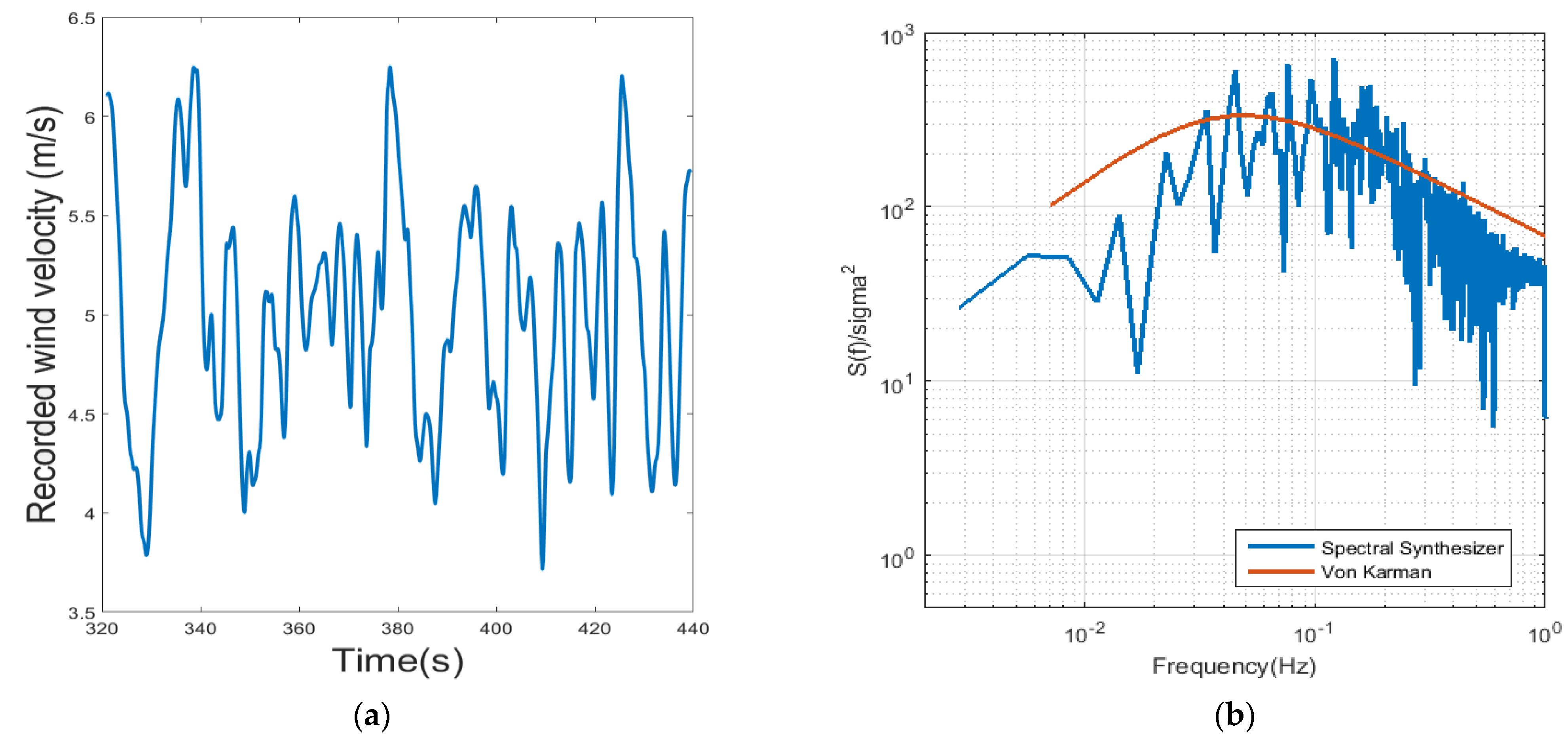
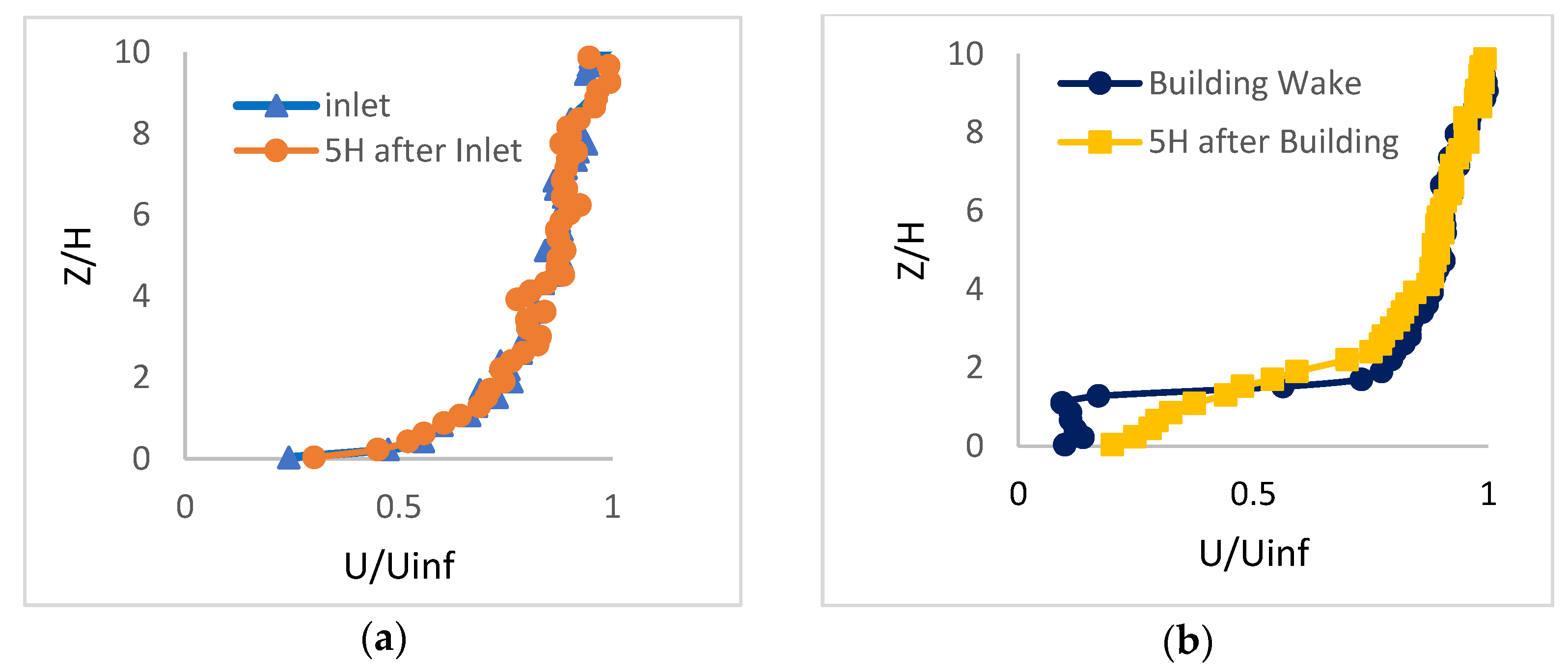
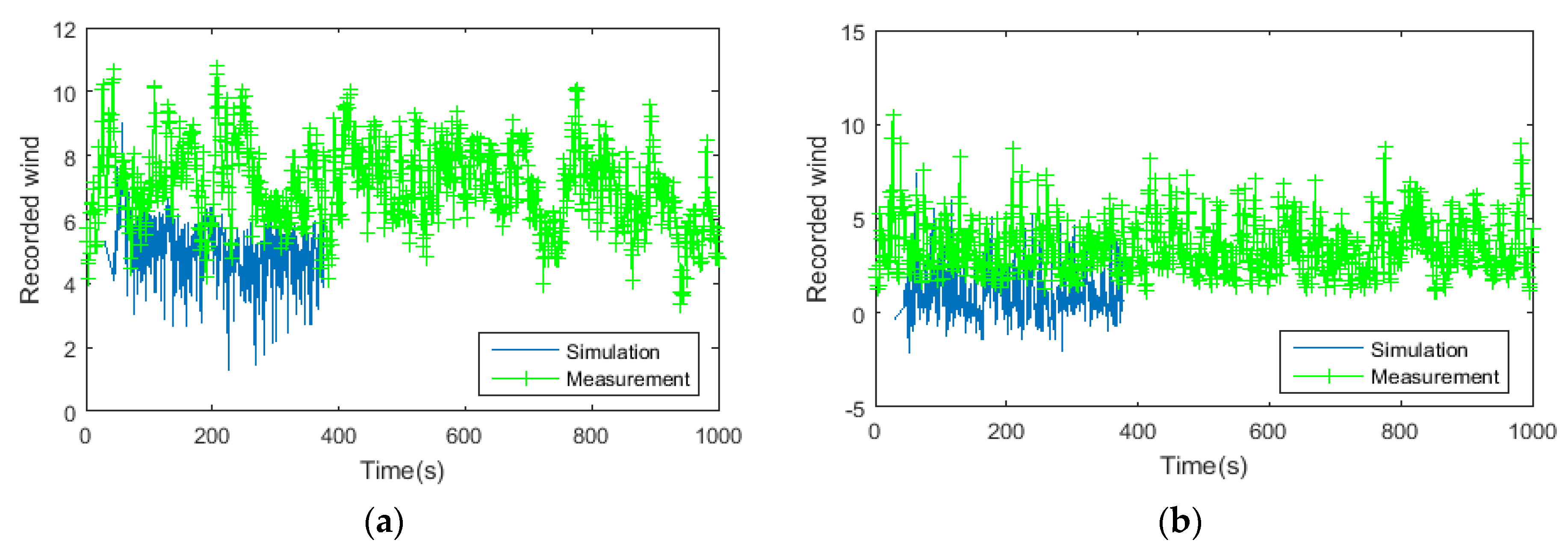





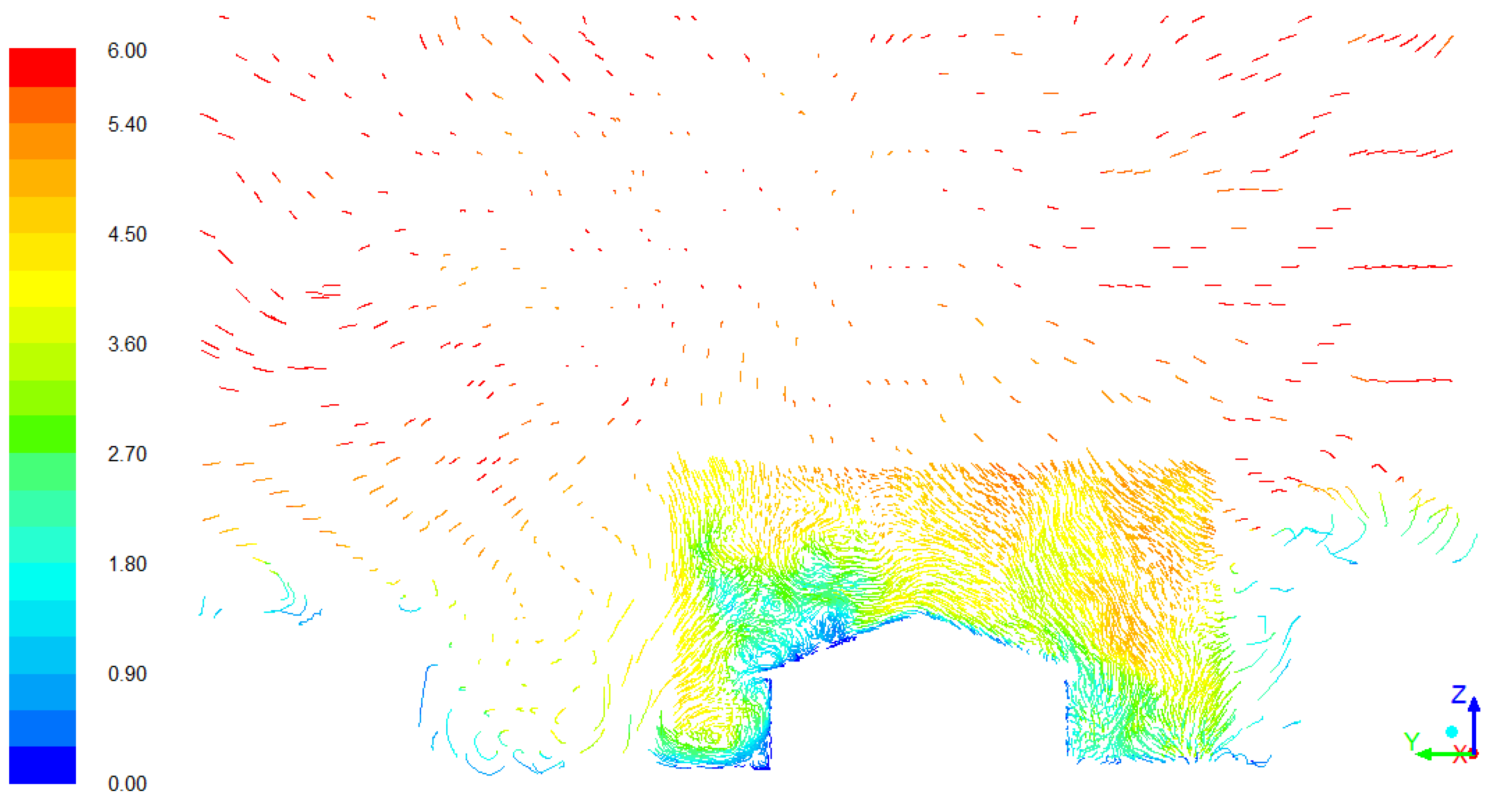

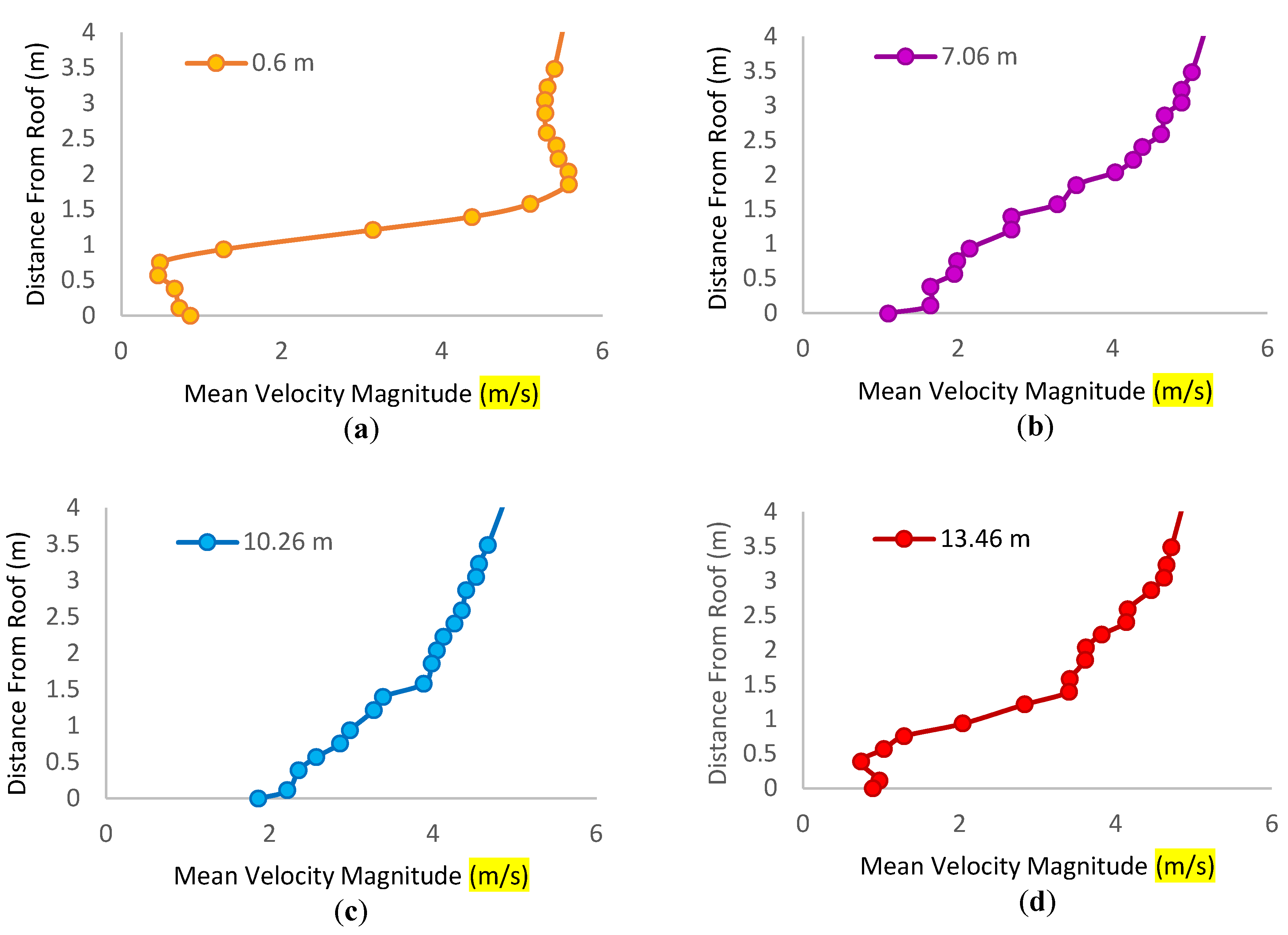
| 0.54 | 0.80 | |
| 0.09 | 0.12 | |
| 6.33 | 6.76 |
Disclaimer/Publisher’s Note: The statements, opinions and data contained in all publications are solely those of the individual author(s) and contributor(s) and not of MDPI and/or the editor(s). MDPI and/or the editor(s) disclaim responsibility for any injury to people or property resulting from any ideas, methods, instructions or products referred to in the content. |
© 2023 by the authors. Licensee MDPI, Basel, Switzerland. This article is an open access article distributed under the terms and conditions of the Creative Commons Attribution (CC BY) license (https://creativecommons.org/licenses/by/4.0/).
Share and Cite
Shahrokhi, A.; Berthaut-Gerentes, J.; Ma, L.; Ingham, D.; Pourkashanian, M. Large Eddy Simulation Inflow Generation Using Reduced Length Scales for Flows Past Low-Rise Buildings. Sustainability 2023, 15, 12786. https://doi.org/10.3390/su151712786
Shahrokhi A, Berthaut-Gerentes J, Ma L, Ingham D, Pourkashanian M. Large Eddy Simulation Inflow Generation Using Reduced Length Scales for Flows Past Low-Rise Buildings. Sustainability. 2023; 15(17):12786. https://doi.org/10.3390/su151712786
Chicago/Turabian StyleShahrokhi, Ava, Julien Berthaut-Gerentes, Lin Ma, Derek Ingham, and Mohamed Pourkashanian. 2023. "Large Eddy Simulation Inflow Generation Using Reduced Length Scales for Flows Past Low-Rise Buildings" Sustainability 15, no. 17: 12786. https://doi.org/10.3390/su151712786
APA StyleShahrokhi, A., Berthaut-Gerentes, J., Ma, L., Ingham, D., & Pourkashanian, M. (2023). Large Eddy Simulation Inflow Generation Using Reduced Length Scales for Flows Past Low-Rise Buildings. Sustainability, 15(17), 12786. https://doi.org/10.3390/su151712786








